What You Need to Know About Indoor Air Pollution
4 years ago by
It’s November, which means one of our most important national holidays is nearly upon us: The Crown season three binge-watching. The beauty of properly hunkering inside and watching a show in one sitting is that you only need a few things: Netflix subscription, snacks, and a cozy spot inside.
But if you had to guess what percentage of your life you spend in the comfort of your home Netflixing, sleeping, cooking, and altogether enjoying life, what would you say? 30 percent? Maybe even 50? Would you believe the amount of time we spend at home is estimated to be closer to 65 percent, according to a recent Harvard study? And furthermore, 90 percent of our lives are actually spent indoors in general, in between the office, restaurants, and shops. We’re practically hermit crabs hiding out, but with more elaborately-decorated shells and streaming subscriptions.
That’s all fine and cozy, except when you stop to consider the air you’re breathing inside your homes. Just because you can’t see it, doesn’t mean it’s innocuous—it’s potentially quite the opposite. The World Health Organization (or WHO if you’re feeling collegiate) estimates that the air we breathe in our homes can not only be harmful, but downright dangerous. That same Harvard study noted that not only is the concentrations of air pollutants inside our homes often higher than outside air, but it can often be two to five times higher than the air in the great outdoors. The reason these pollutants are particularly high is because of the one-two punch: particles and gases that make their way inside from the outdoors (like carbon emissions from cars) but also from many everyday household items that produce air pollutants. Everyday tasks and items, like cooking, cleaning products, carpeting, paint, and beauty products (hello, hairspray and nail polish) can emit particle matter and volatile organic compounds (VOCs).
This info is not to scare you (although, it is scary, damnit), it’s meant to armor you with the facts, so you can empower your health into action. Because, while there are items already harmful in your home before you even cross the threshold for the first time (i.e. insulation and carpet chemicals), there are a lot of tips, products, and tools to utilize to ensure the air you breathe in your home becomes safer.
Air It Out:
A handful of companies have spent years upon decades and dollars upon fortunes to develop very complex and effective air purifiers that can thoroughly clean up your air. If you have a bit more of a budget to invest in cleaning up the air quality inside your home, Dyson has just released their brand new air purifier that not only traps air pollutants, but the Dyson Pure Cryptomic (starting at $649) takes things one step further and literally destroys formaldehyde, a frighteningly common pollutant in many paints, varnishes, furniture, and cleaning products. “It not only captures 99.9 percent of ultra-fine particles, and all VOCs, it goes one step further and breaks down formaldehyde, breaking them down into smaller, safer, and harmless molecules,” says Jake Read, Advanced Design Engineer at Dyson. A worthy advancement when you look at the harms formaldehyde can cause: according to the Environmental Protection Agency (EPA), the toxin can cause irritation of the eyes, nose, skin, and throat, and in high levels of exposure may even cause some forms of cancers.
Looking for an effective purifier on a budget? The well-priced Coway Mighty was the clear winner in The New York Times’ Wirecutter very thorough tests.
I use my Dyson Pure Hot+Cool as an air-quality control security blanket, of sorts. Constantly on, usually on the max 10 level, and the first thing I glance at every time I step into the bedroom, assessing the particle number flashing on the screen.
Don’t Light Up:
If candles are your religion and you go to the church of Cire Trudon to pray, I’ve got bad news…that black smoke that emits off the burning wick is dangerous and it’s floating around your home. “People tend to underestimate risks of things like burning candles or incense,” says Dr. Karen Bartlett, Professor and MSc OEH Program Director at the School of Population and Public Health at the University of British Columbia. “Both produce ultra-fine particulate matter that is similar to the black particulate matter produced by wildfire smoke or vehicle exhaust.”
That said, high-quality institutions, like said god Trudon, take considerable more care and investment in the quality of wax and scents. Still, limit your candle time if you usually find yourself lighting one up for hours on end.
The same rules unfortunately apply if you swear by burning a stick of Palo Santo or a bundle of sage to clear the energy and day, albeit the smoke comes from a direct-from-nature source, it’s still emitting quite high VOCs. No one is telling you to let the good vibes get away, so if the practice is important to you, feel free to keep lighting up (there are a handful of other tips you can utilize to help curtail the emissions elsewhere). If you do want to burn a candle and/or sage, Bartlett recommends opening a window to ventilate your home.
I’m not a huge fan of burning sage, but I love a nightly Palo Santo ritual. I use it as a cleansing ritual, particularly after a hard day, and try to get the Palo Santo thoroughly burning so I can have a hefty amount of smoke of the woody stick, enough to pass it over me and my apartment like a magical forget-about-the-bad-vibes wand. My Dyson purifier does not like this cleansing ritual though–not one little bit. The moment the fire from the lighter hits the wood, the particle numbers start rapidly climbing. We go from the healthy green numbers on the digital screen, usually proudly announcing the pollution is within the ‘1 to 5’ range, to the very alarming shade of deep aubergine and within minutes we’re already in the ‘600+’ range, putting me into worry mode when I’m supposed to be zen’ing. Per Dr. Bartlett’s suggestion, I now open a window for 5 to 10 minutes after cleansing the space to help take that indoor air VOC number back down to the healthy green level, which usually takes about 15 to 20 minutes to get back to normal.
Go Green:
As in green thumbs, because some plants have been proven to effectively convert harmful chemicals, like formaldehyde and benzene, into oxygen. Way back in 1989, NASA released an extensive plant study on air purity in space stations, identifying a handful of plants that reduce indoor air pollutants. One of the hardest working plants is also coincidentally one of the easiest to take care of–the snake plant. The scientists noted that many of the other plants they studied were able to remove one to two toxins in the air, but the humble snake plant successfully purified an impressive four major toxins from the air. Now you’ll have a worthy excuse to spend nearly an entire paycheck at The Sill on some new plant friends.
Worth noting if you have a pet: Snake plants look like a tasty snack for your fur baby, but they can be toxic if consumed by animals, so keep them out of reach.
Clean Up:
In theory, cleaning your home should eliminate toxins, but if you’re using chemically-laced products, you could be doing more harm than good. The EPA says that traditional cleaning products can not only contribute to indoor air pollution, but also cause health issues for those using them. They note that choosing a less hazardous product can directly improve not only indoor air quality but also have a positive environmental effect (aka better for Mother Earth in general thanks to biodegradable packaging and less (or none) air and water toxicity).
Thankfully in 2019, there are a plethora of inventive companies creating non-toxic cleaning products that—get this—actually work as well as their chemical-reliant counterpoints. One worth looking into is Supernatural, a brand harnessing the powers of essential oils and their natural antibacterial, antifungal, and antimicrobial properties (including lemon, eucalyptus, and peppermint) to effectively clean every corner of your home. The $75 price tag for a five-bottle kit is pricey, but the glass bottles are meant to last a literal lifetime, and the refills are at a more attainable $40 (or $10 for each single refill).
I have endlessly searched to find a non-toxic cleaning product that works as well as the chemical options, and I’ve found the Supernatural glass cleaner in particular works almost identically to Windex–and is a heck of a lot prettier packaging when sitting out on the countertop. Blueland also works beautifully and comes at a great $12 for a forever-bottle (although I’ve found the bottle frequently leaks for some reason, so I store it sitting atop a dishrag under my kitchen sink).
Redecorate:
Buying new furniture or redecorating your home? You’re probably consumed with thoughts on design styles and price points, but it’s also worth considering the material of products you’re bringing home. “Most consumers do not know that many new synthetic flooring or furnishing materials (e.g. new rugs, flooring, wall coverings, etc.) will off-gas (produce VOCs) for quite some time after installation,” says Bartlett. “In general, completely synthetic materials will be much cheaper to purchase, but will be much more polluting than natural materials like wool, solid wood, or cork,” she says.
A few furniture companies, like Whom and Floyd, and paint brands, like Clare and Backdrop, were conceived with transparency, both ethical ingredients and practices, and low-VOCs in mind–reimagining the age-old processes of paint and furniture materials.
Safety First:
Everything mentioned up until now is serious but not immediately life-threatening. But there are a few indoor toxins that can be wildly dangerous, radon being one. “Radon is a radioactive gas that is produced in soil and migrates indoors, particularly in low areas, like basements,” says Bartlett. Interactions can cause headaches and asthma to even lung cancer and death from poisoning in extreme cases.
Ventilation is the most important thing for air quality in the home. Bartlett notes that increasing ventilation by bringing cleaner air into your space to dilute the indoor air is vital. In addition to the simple act of opening a window, she also notes to be careful what you bring into your space. In addition to the things mentioned above, try chemical-free dry cleaners (or just handwashing at home, if possible), remember to use bathroom and stove ventilation fans to control chemicals and moisture, and be vigilant about getting gas appliances checked to ensure they’re burning correctly.
There are also carbon monoxide/radon monitors you can easily install right beside your fire alarms. I’ve been using the Airthings Wave Plus ($199 and up) in my tiny one-bedroom Chinatown apartment for over six months and have found it one of the most effective, user-friendly, and not-hideous options on the market. The app associated with it allows you to not only monitor your radon levels, but it also looks out for a handful of other things, including carbon dioxide, humidity, temperature, and general VOCs. The Dyson purifier monitors a handful of these already, albeit not the vital radon, but I think, ‘Heck, the more the merrier when it comes to indoor air pollution monitoring.’
I find if I utilize a handful of these everyday items and tips, I feel better about the air I’m breathing in my home, and all that’s left to worry about is how we’ll recover from how devastatingly divine Olivia Colman will be as Queen Elizabeth II in season three of The Crown.

























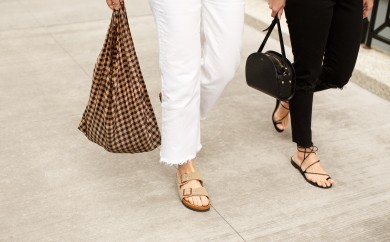
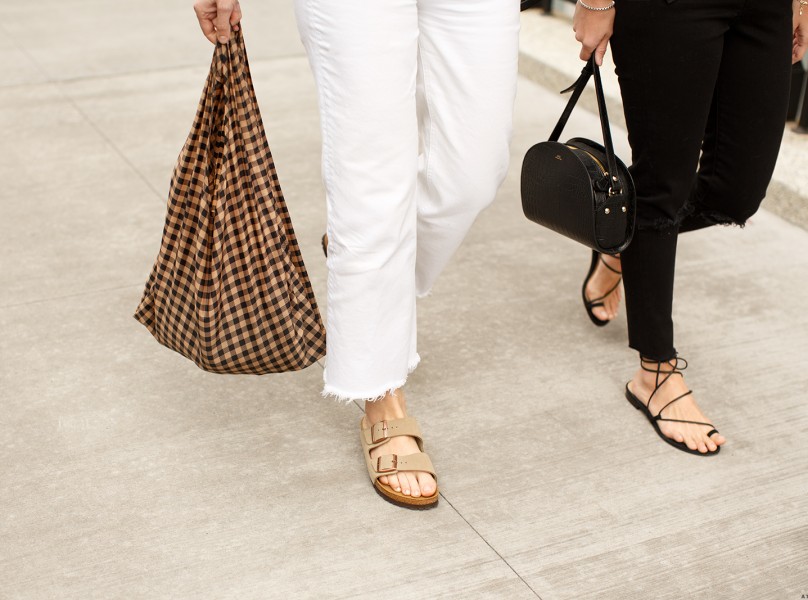

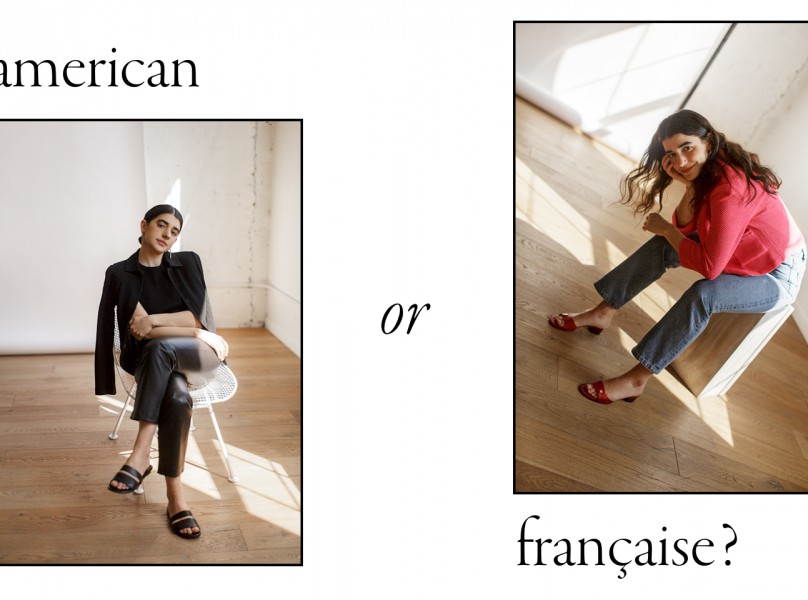






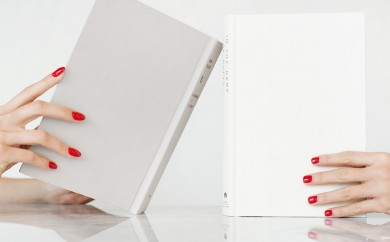















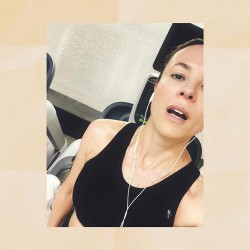







Je viens justement de lire un article sur le danger des bougies et de l’encens et comptait en parler ! très intéressant merci !
Hello,
Thank you for the post.
Is there any studies comparing the efficiency of the ‘opening ‘of windows suggested by Dr Barnett compared to using Dyson’s high technology version or are those particularly for offices that have windows that can’t be opened?
It seems so much more natural if that’s what we are looking for. Or is the Dyson’s air purer? ;-)
compare air purification systems https://www.ionicpaint.com/types-of-air-purifiers.html
Wonderful Article & Good Tips.
Many people ignore how important it is to clean the air inside their homes. The fact is indoor air is twice or more contaminated than outdoor air, so it’s important to give indoor air the attention it requires. Thanks for sharing your tips!